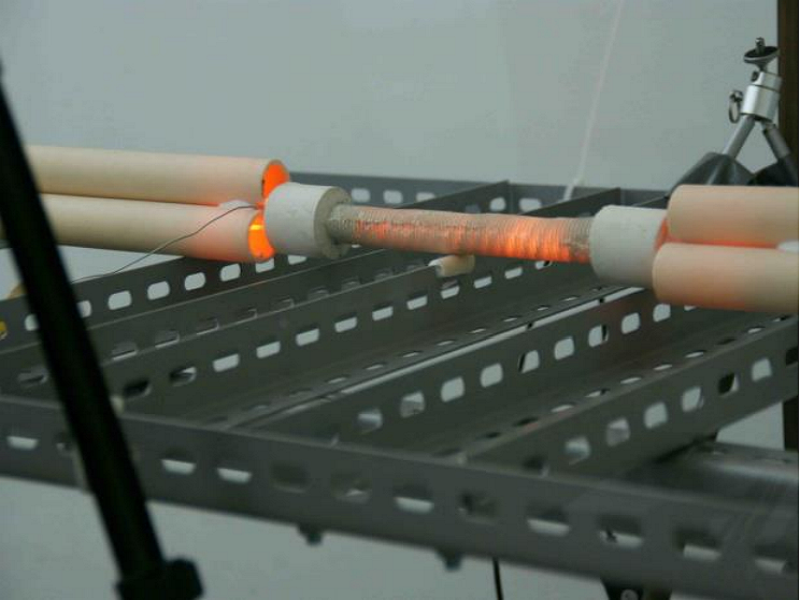Image via pixelparticle/Shutterstock
A device known as the E-Cat could potentially be the first real step to a cold fusion reactor after the discovery it can potentially have 1m times more energy than gasoline.
Invented by Andrea Rossi, the claims that the E-Cat can produce cheap, almost limitless and clean energy through a nuclear reaction will obviously raise eyebrows among the scientific community as current science has been unable to achieve this form of energy production.
However, Rossi’s experiment has been verified by six international scientists with expertise in energy who have said they are struggling to understand how the mini-reactor can produce “far more [energy] than can be obtained from any known chemical sources in the small reactor volume.”
From their findings, over the course of a 32 day period, the reactor produced 1.5MW of energy by taking a combination of the elements of Nickel-58 and Nickel-60 and through burning created the element Nickel-62, something that only nuclear fusion can produce.

How the E-Cat will look if it reaches the commercialisation process. (extremetech)
The scientists verifying Rossi’s experiment were given full access to the reactor before and during the burning process to make sure that there was nothing that could show it being caused by other means, but the fact remains that they were only able to find 1g of fuel inside the E-Cat.
The biggest challenge to Rossi and his claims that the E-Cat uses low energy nuclear reactions (LENR) is the fact that he is even claiming it to have come from LENR as the scientific community arguably see it akin to a claim that someone has achieved alchemy.
As scientists continue to pour over the data that has been found from this experiment, no doubt for years to come, the end possibility is a source of energy that is 1m times more powerful than gasoline.

The E-Cat reactor used by Rossi
Let’s hope that Rossi’s work doesn’t go the way of the 1996 film flop, Chain Reaction.
Main image by pixelparticle via Shutterstock